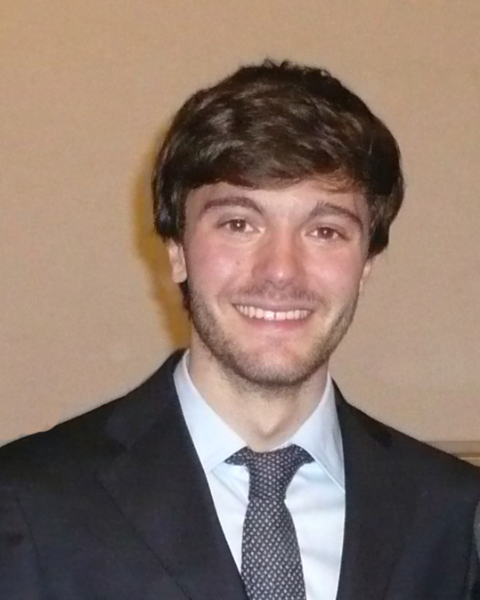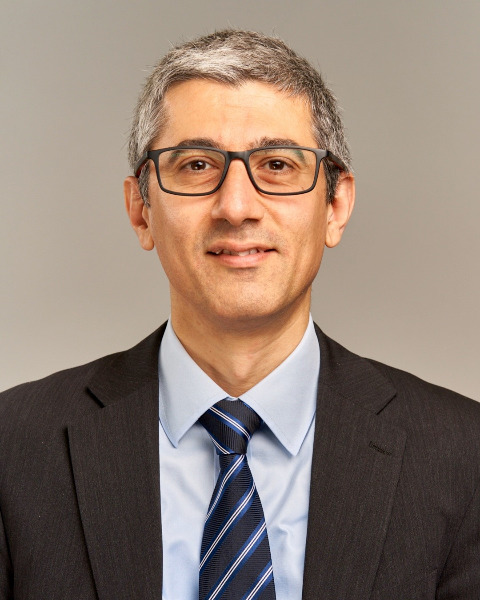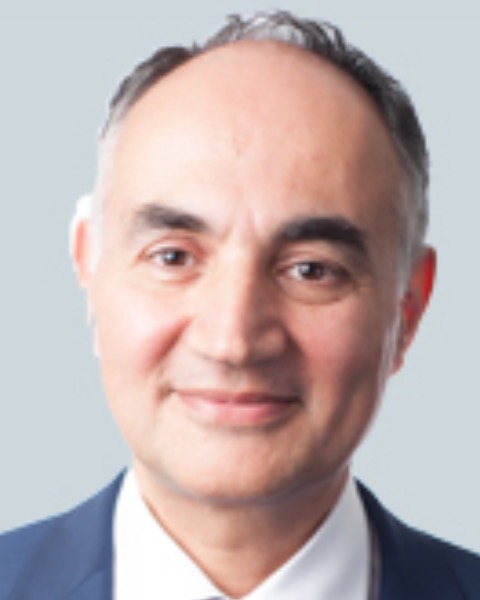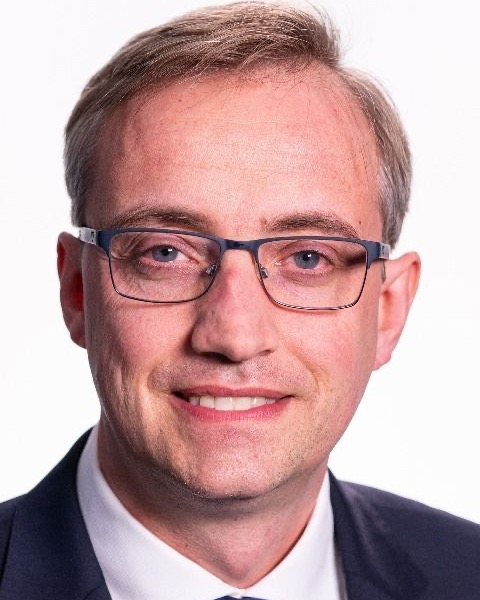Rapid Fire Abstracts
Clinical cardiac MRI on an ultra-wide bore 80cm, low field 0.55T scanner (RF_TH_217)
- AK
Anmol Kaushal, MD
Clinical Research Fellow
King's College London, United Kingdom - AK
Anmol Kaushal, MD
Clinical Research Fellow
King's College London, United Kingdom - TS
Tiago Sequeiros, BSc
Cardiac MRI Research Radiographer
Kings College Hospital, United Kingdom - RM
Ronald Mooiweer, PhD
MRI Scientist & Research Associate
Siemens Healthcare & King's College London, United Kingdom 
Filippo Bosio, BSc
Deputy Superintendent Radiographer
King's College London, United Kingdom- KK
Karl P. P. Kunze, PhD
Senior Key Expert at Siemens Healthineers
King's College London, United Kingdom - DG
Daniel Giese, PhD
Scientist
Siemens Healthineers, Germany - SG
Sharon Giles
Director of Clinical and Research Imaging Operations
King's College London, United Kingdom 
Tevfik F. Ismail, MD, PhD, BSc, FSCMR
Consultant Cardiologist/Reader (Associate Professor)
Guy's and St Thomas' Hospital/King's College London, United Kingdom
Reza Razavi, MD
Professor of Paediatric Cardiovascular Science
King's College London, United Kingdom- JH
Joseph V. Hajnal, PhD
Professor of Imaging Science
King's College London, United Kingdom - SO
Sebastien Ourselin
Professor of Healthcare Engineering
King's College London, United Kingdom 
Amedeo Chiribiri, MD PhD FHEA FSCMR
Professor of Cardiovascular Imaging; Consultant Cardiologist
King's College London, United Kingdom
Presenting Author(s)
Primary Author(s)
Co-Author(s)
Cardiac MRI scanning is an integral part of clinical management for patients with a wide range of cardiovascular disorders. This is typically carried out on 1.5T or 3T scanners. Recently, feasibility of cardiac scanning on lower field scanners has been demonstrated in multiple centres (1,2). Over the last year, we have used a commercially available, ultra-wide bore (80cm), low field (0.55T) system (MAGNETOM Free.max, Siemens Healthineers, Forchhelm, Germany) for cardiac scanning in patients with obesity and/or claustrophobia with promising results (3). In this study, we continue to expand our experience, scanning across a wider range of clinical indications and sequences (including stress perfusion imaging), in a cohort of consecutive patients using this novel scanner.
Methods:
Patients with a clinical indication for a cardiac MRI and were unable to undergo a scan on a standard 70cm bore scanner due to high BMI and/or claustrophobia, were offered a scan on the 80cm bore 0.55 T scanner (MAGNETOM Free.max, Siemens Healthineers, Forchhelm, Germany). Standard, myocarditis and stress imaging protocols were performed as per the clinical indication. These included a combination of cine, flow, T1 and T2 mapping, T2 weighted, HASTE, late gadolinium enhancement (LGE) and perfusion research sequences. Scanning parameters were optimised for image quality and time efficiency (included in Table 1).
Results:
CMR was successfully performed in 28 patients, including 15 women and 13 men. Of those scanned, 17 patients reported claustrophobia on a previous attempt at scanning using a conventional wide bore scanner (70 cm), 8 patients exceeded size restrictions for scanning on a 70cm bore scanner and 5 patients met both indications. Feedback from patients was collected by means of qualitative interviews and reflected an overall positive experience. Age of the patients ranged from 25 - 77 years and BMI from 20 - 63 kg/m2. Indications for scanning ranged from anatomical and functional ventricular assessment in patients with limited ultrasound windows, including adults with congenital heart disease, assessment for cardiomyopathy, presence of myocardial oedema secondary to acute inflammation and/or infarction, scar burden and inducible ischaemia. Scans were deemed diagnostic by reporting physicians and addressed the clinical question in all patients except for scar imaging in one case. Figures 1 and 2 show sample images from patients scanned.
Conclusion:
Low-field cardiac scanning on a commercially available 80cm-wide bore, 0.55T scanner offers a viable solution for patients who are unable to undergo imaging in a standard bore 1.5T or 3T scanner due to technical or patient-specific limitations. Ongoing work to develop, implement and disseminate sequences and techniques will allow increased uptake for routine clinical scanning, thereby widening access to cardiac MRI for underserved populations.

